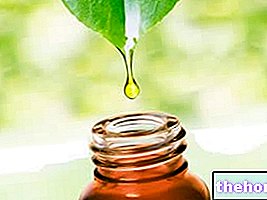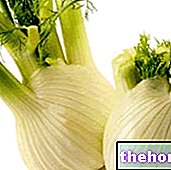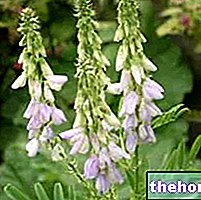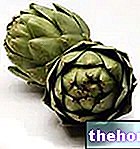
Scientific name
Chrysanthellum americanum, syn. Chrysanthellum indicumFamily
Asteraceae (Compositae)Origin
Peru, BoliviaSynonyms
Golden Chrysanthemum, American ChrysanthemumParts Used
The whole plant is used in phytotherapy
Chemical constituents
- Flavonoids (chalcones, aurones);
- Saponins (chrysanthemum A and B);
- Essential oil;
- Chlorogenic acid.
American Chrysanthemum in Herbal Medicine: Properties of the American Chrysanthemum
The American Chrysanthemum is considered useful in biliary, salivary and renal stones, in hepatitis and cirrhosis, in dyslipidemias and in eating disorders; however, its efficacy has never been clinically demonstrated in humans (nor has evidence of acute or subacute toxicity ever been reported).
Further therapeutic indications, mostly derived from popular tradition, configure the American chrysanthemum as a useful remedy in the presence of hypercholesterolemia and hypertriglyceridemia, atherosclerosis, varicose veins, hemorrhoids and microcirculation disorders. The analgesic and anti-inflammatory action of the American chrysanthemum is documented above all for renal and rheumatic disorders.
Side effects
Following use, irritation of the gastroduodenal mucosa and allergic reactions are possible.
Contraindications
Avoid taking American Chrysanthemum in case of gastritis, peptic ulcer or hypersensitivity to one or more components.
Pharmacological interactions
- there are no known interactions with other drugs.




























